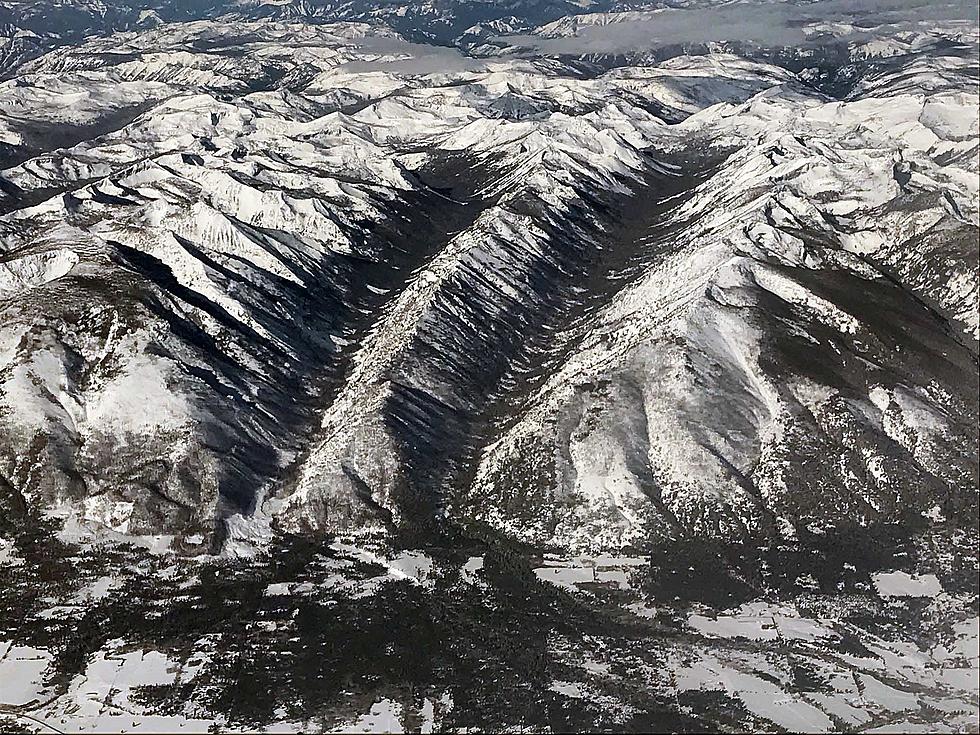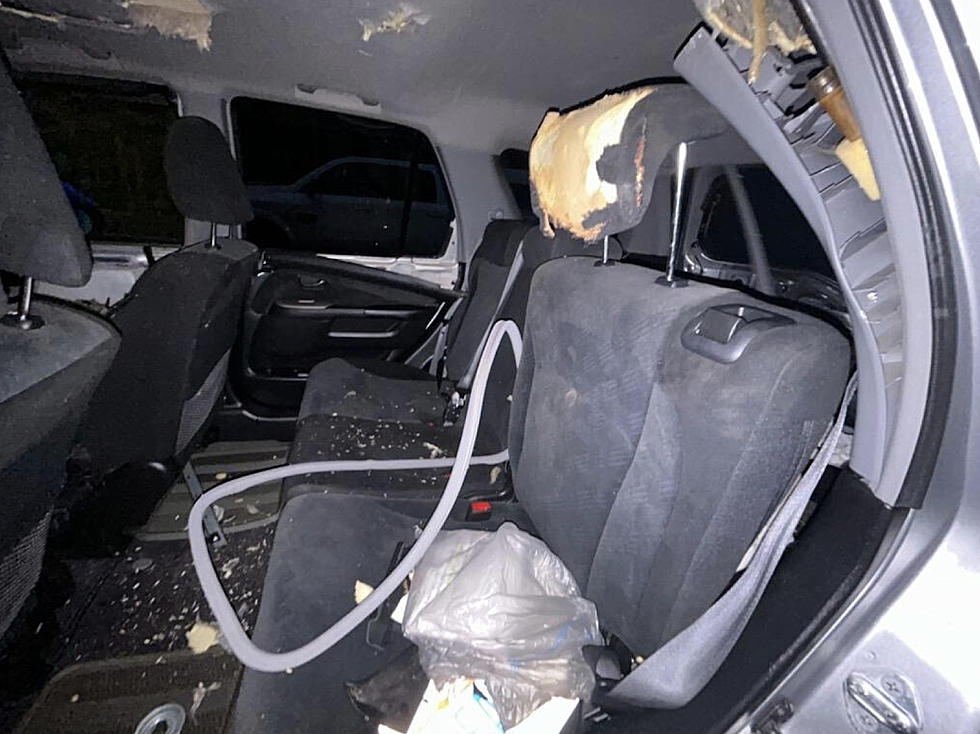
Feds, state agencies behind in preparing for Bitterroot grizzlies
Laura Lundquist
(Missoula Current) Even though grizzlies have already been there, the Interagency Grizzly Bear Committee’s message for the Bitterroot region is “get ready for bears.” But readiness is lacking in some aspects.
The Bitterroot subcommittee of the Interagency Grizzly Bear Committee this week discussed the steady migration of grizzly bears toward the Bitterroot and the social and legal challenges that precede them.
Jamie Jonkel, Montana Fish, Wildlife & Parks grizzly bear biologist, was happy that at least Missoula County and the City of Missoula are taking proactive steps to reduce the risk of bear conflict by approving ordinances requiring bear-resistant garbage cans in a larger buffer zone around Missoula and Potomac.
“We were successful. We’re on Step 3 of the Canadian Bear Smart Approach,” Jonkel said. “We’ve got a pretty good portion of the county lands and the city under this ordinance as well as the Potomac Valley. So I’m quite tickled.”

It didn’t happen a moment too soon. Missoula and other Missoula County towns have had regular issues with black bears, but grizzly bears aren’t far off. Jonkel said quite a bit of grizzly activity in and around Potomac, Bonner and the Rattlesnake.
“We don’t know how many different grizzlies, but multiple bears. The grizzlies are very slowly creeping down into this area,” Jonkel said.
In her update of bear distribution in Montana, FWP research biologist Cecily Costello reviewed the GPS data of a handful of bears known to have traveled south from the northern recovery zones, including two bears from this year.
One young male was one of a pair that made it into the Sapphire Range near Stevensville last year. He spent four to six weeks this year in the Sapphire Range north and east of Florence before heading north again.
A second male was caught in a black bear trap on the MPG Ranch east of Florence. FWP put a collar on the bear, and biologists have watched him move along the Clark Fork River between Bonner and Clinton, the Bitterroot River just south of Lolo and throughout the Sapphire Mountains between.
“Right now, he is actually in the Bitterroot Valley – these locations are fairly recent,” Cecily said. “For a while, these two males appeared to be somewhat associating with each other.”
Jennifer Fortin-Noreus, U.S. Fish and Wildlife Service grizzly bear biologist, said the hair and camera corrals being used to try to document the presence of grizzlies in southwest Montana detected a grizzly this year just southwest of Clinton near Moccasin Ridge. They don’t know yet if it was the bear that ended up on the MPG Ranch. They also may have identified another grizzly in the southern Sapphire Range, Fortin-Noreus said.
A majority of the data points from collared bears fall along the corridors and areas she identified, so Fortin-Noreus is now using Sells’ map to select her hair and camera corral sites.
In her most recent work, Sells applied the model to the Bitterroot recovery area, assuming bears would migrate from the north.
“These are unpublished results so far. But we ran our simulations across the entire area. And it really does show us that, overall, there’s a lot more use in the northern two-thirds of this ecosystem, based on these bears,” Sells said. “We can’t test these yet, but they provide predictions of what we might see in the future.”
This is all important information, because the U.S. Fish and Wildlife Service must comply with a court order to reevaluate the grizzly bear situation in the Bitterroot. Two decades ago, the agency decided to transplant 25 bears into the Bitterroot recovery area as an experimental population, but then reversed the decision and never followed up.
Hilary Cooley, Fish and Wildlife Service Grizzly Bear Recovery Coordinator, said the agency told the judge it would complete a new environmental impact statement by October 2026.
“The EIS is 23 years old, and we thought, to preclude any future challenges, we just wanted to make sure we did a good job of fully updating the EIS,” Cooley said. “We have to develop some brief descriptions of alternatives and those will go out for public scoping. We’re trying to time that late December, early January.”
One of the requirements of the previous EIS rule was bear-aware education and preparation. But that’s where the Bitterroot is lacking, both on private and federal land.
FWP Bitterroot Wildlife Management Specialist Bruce Montgomery said it’s not been easy to get ranchers and others to adopt tools that reduce conflict, such as electric fencing or carcass pickup. But the Bitterroot Bear Resources Committee has formed and has held almost 20 bear-aware education events. Bitterroot Disposal is also working to reduce the 60% of conflicts that result from garbage. Fortunately, it’s been a good berry year so there haven’t been as much conflict.
“We started carcass pickup last year. I’ve been working mostly with ranchers in the north end of the valley where the grizzlies have been most recently. It’s still small, not a lot of ranchers in the valley are using it,” Montgomery said. “Electric fencing has been a hard sell for me. I always offer it as a possible solution for conflict, but this year, we were only able to put up two.”
When it comes to public land, Scott Jackson, U.S. Forest Service National Carnivore Program leader, said the Bitterroot is the only recovery area that doesn’t have a food-storage order to require visitors to ensure bears can’t access human food. Some on the committee, particularly those from Idaho, said such an order should be phased in and have triggers for when certain phases go into effect.
“A phased approach with maybe some triggers would be more educational to folks, get them into the idea of if and when we ever need a storage order on part of the Bitterroot, part of the Nez Perce Clearwater Forest or the whole ecosystem. But starting out of the gate, the public acceptance of grizzly bears, the tolerance would just not be there, if you limit their use right now,” said JJ Teare, Idaho Fish and Game Clearwater Region supervisor.
Members of the public opposed using triggers to implement storage orders. Brad Smith, Idaho Conservation League spokesman, asked whether the trigger would be grizzly bear presence or would the committee wait until grizzlies started getting into trouble.
“I’m left feeling a little confused about the trigger approach,” Smith said. “I would make a pitch for doing something proactive and having some sort of timeline. There are good reasons to do this earlier rather than later. If grizzly bear presence or absence is in fact the trigger, I think waiting for that trigger would cause more public resentment toward grizzly bear recovery, if that is the trigger that leads to more restrictions.”
Michele Dietrich suggested the Bitterroot could start now by setting food storage orders in campgrounds.
Jackson said similar opinions had been brought up in the food-storage order working group.
“Those are some of the tough discussions that we’ve had in our working group, and part of why we don’t have any recommendations fleshed out yet. Because there is some disagreement and different perspectives. We’ll continue to work those out,” Jackson said. “We’ll shoot for the spring meeting to get a framework out.”
Contact reporter Laura Lundquist at lundquist@missoulacurrent.com.
21 More Missoula Businesses That We Would Like To Return
Gallery Credit: Chris Wolfe
More From Newstalk KGVO 1290 AM & 98.3 FM









